More and more people are starting to realize the importance of eating “local,” loosely defined as grown within approximately 100 to 200 miles. You can probably guess its benefits: eating local reduces your food’s carbon footprint and strengthens the local economy while providing you with fresher food. But how can you go local in your meal planning? Here are some easy tips to help you get started.
Take a Trip
Take the whole family to visit a nearby farm. Not only is this fun, but it’s educational for the kids (and yourself)! Here, you learn the methods used to harvest your food. Don’t know any farms in your area? Find one using the Eat Wild website.
U-Pick farms are another way to get yourself out to a farm. Grab a date and head out to a u-pick farm to pick your own fruits (especially berries, apples, and pears) and veggies (pumpkin picking is fun in the fall. Try the Pick Your Own website to find a u-pick farm near you.
Know Your Seasons
In our globalized economy, you can now buy nearly any grocery item year round. However, buying food in season cuts miles out of your food’s travel time. Smart Living provides a search engine which provides a list of seasonal food for each state. Create seasonal rituals that implement these food items. For example, in summer, make a pie out of your favorite seasonal fruit (find a vegan pie crust recipe here). This will help you and your family internalize your list of seasonal foods.
Farmers’ Markets
Farmers’ markets can be a fun way to get the freshest local treats. The best part about shopping at farmers’ markets? Meeting exactly who has been harvesting your food. While some local food does not have the USDA organic certification, you can insure that the food is organic by USDA standards by asking your farmers questions about their food. Assure that your farmers have not used most conventional pesticides or synthetic fertilizers. Find a farmers’ market near you by visiting the USDA website, which contains a farmers’ market search engine.
To make your farmers’ market buys last, try your hand at preserving, canning, drying, or freezing. Buy a book on preserving, like Angela Duea’s Complete Guide to Food Preservation,* or do some research on the internet, checking out sites like the National Center for Home Food Preservation. Using such resources, you can learn how to create jellies or jams, pickle vegetables, and dry fruits.
If you can’t find what you were looking for, find an organic grocer in your area using an Organic Store Locator. To find weekly sale items, compare sales at grocery stores, or compile an organized grocery list, don’t hesitate to join a free service like Food on the Table.
Local Food Producers
The easiest way to go local? Buy a loaf of bread from your local bakery, coffee beans from your local coffeehouse, spirits or wine from a nearby winery or distillery. Endorsing local eateries can help you build your community (while making you feel more a part of it!). You can easily find food producers through the Eat Well Guide. Simply type in your zip code and check out the lists of local bakers, restaurants, or coffee shops.
Follow these easy steps to get started on your new local diet. Helping the environment has never tasted so good.
James Kim is a writer for foodonthetable.com. Food on the Table is a company that provides online budget meal planning services. Their goal is to help families eat better and save money.
- Explore VegKitchen's other Green Kitchen articles, as well as the wealth of kitchen tips in the entire Healthy Vegan Kitchen area.
*This post contains affiliate links. If the product is purchased by linking through this review, VegKitchen receives a modest commission, which helps maintain our site and helps it to continue growing!


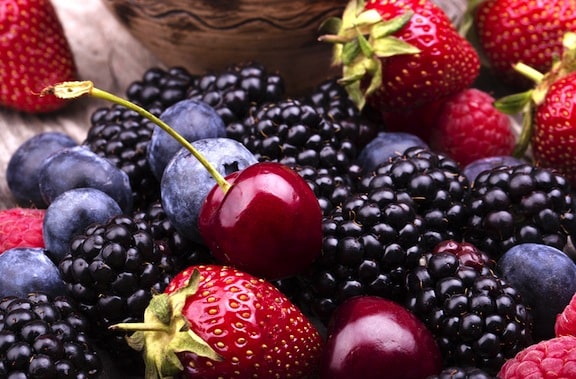
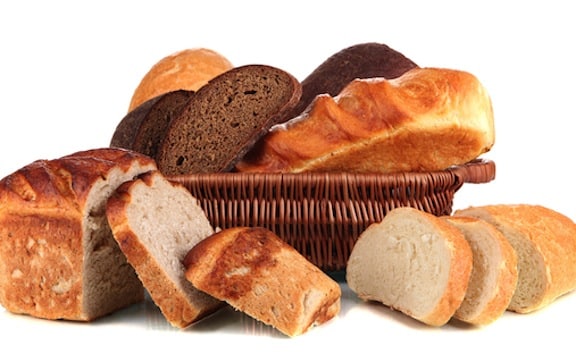
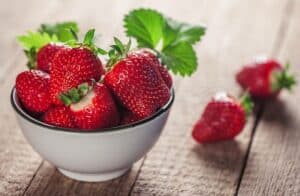
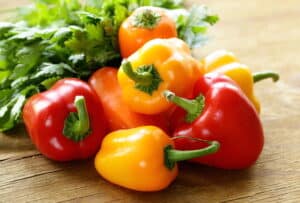
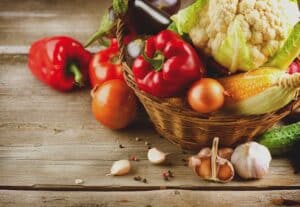
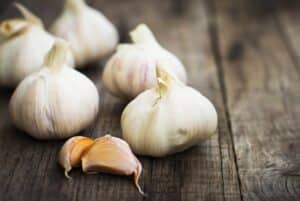
Comments
No Comments